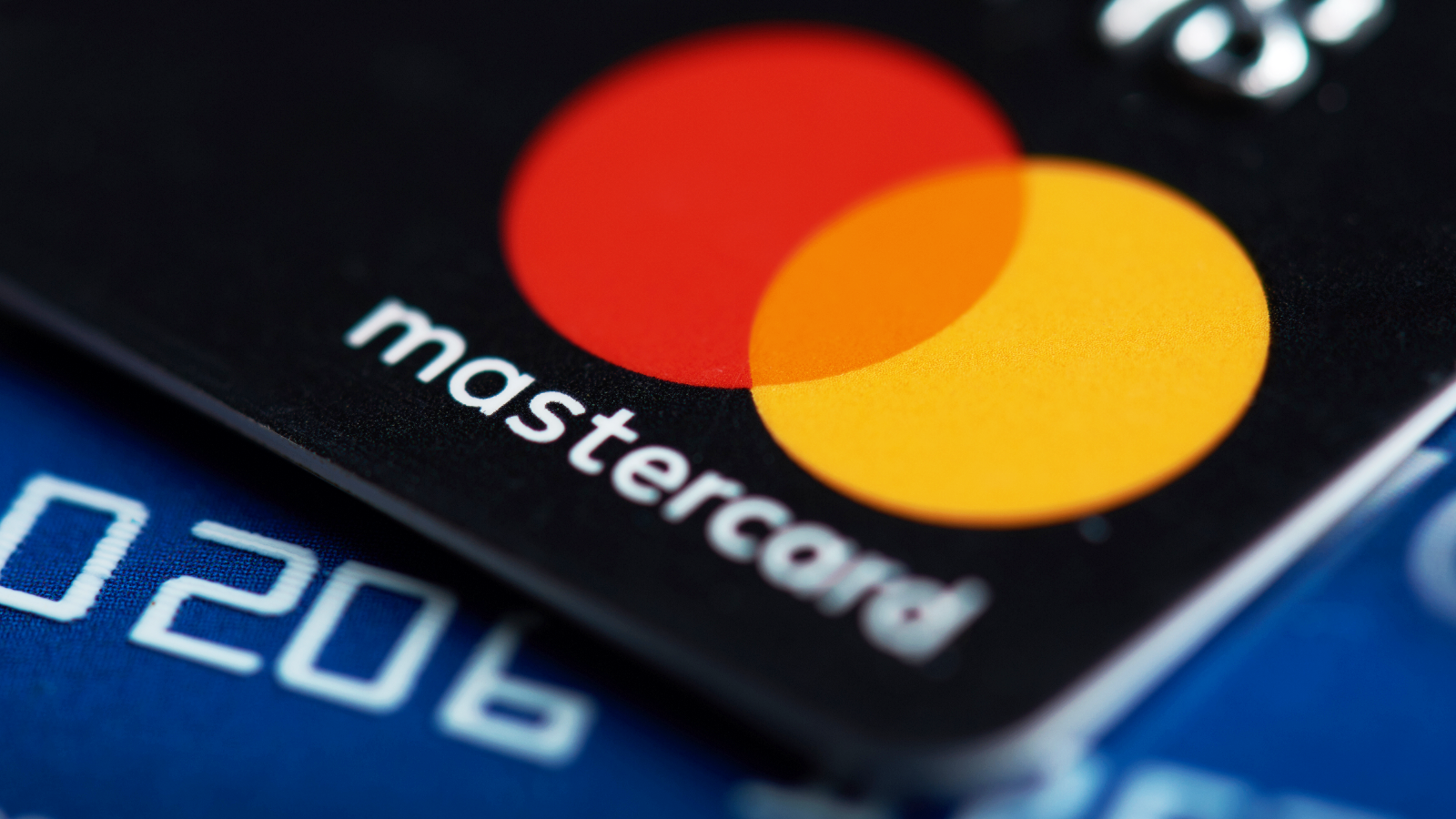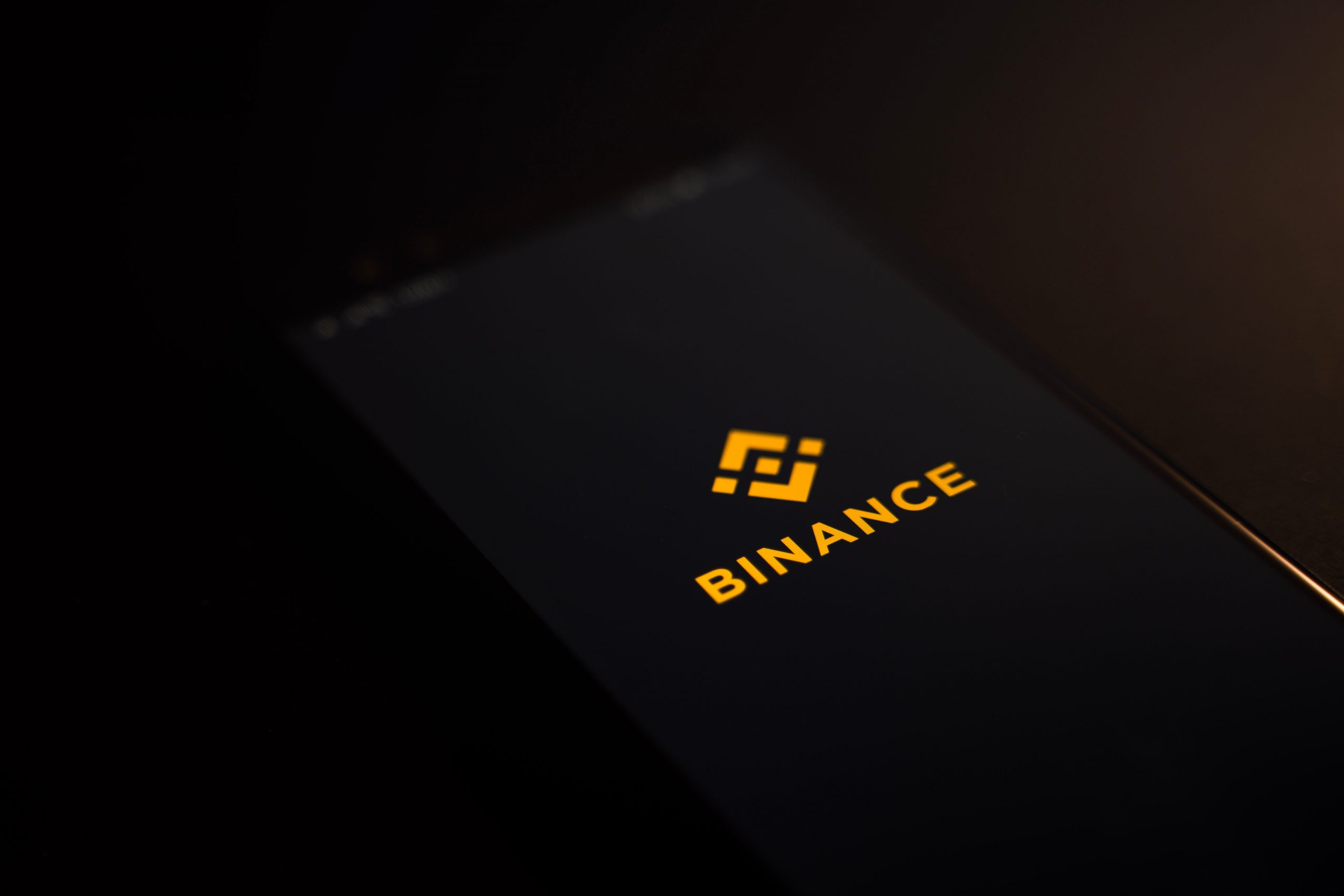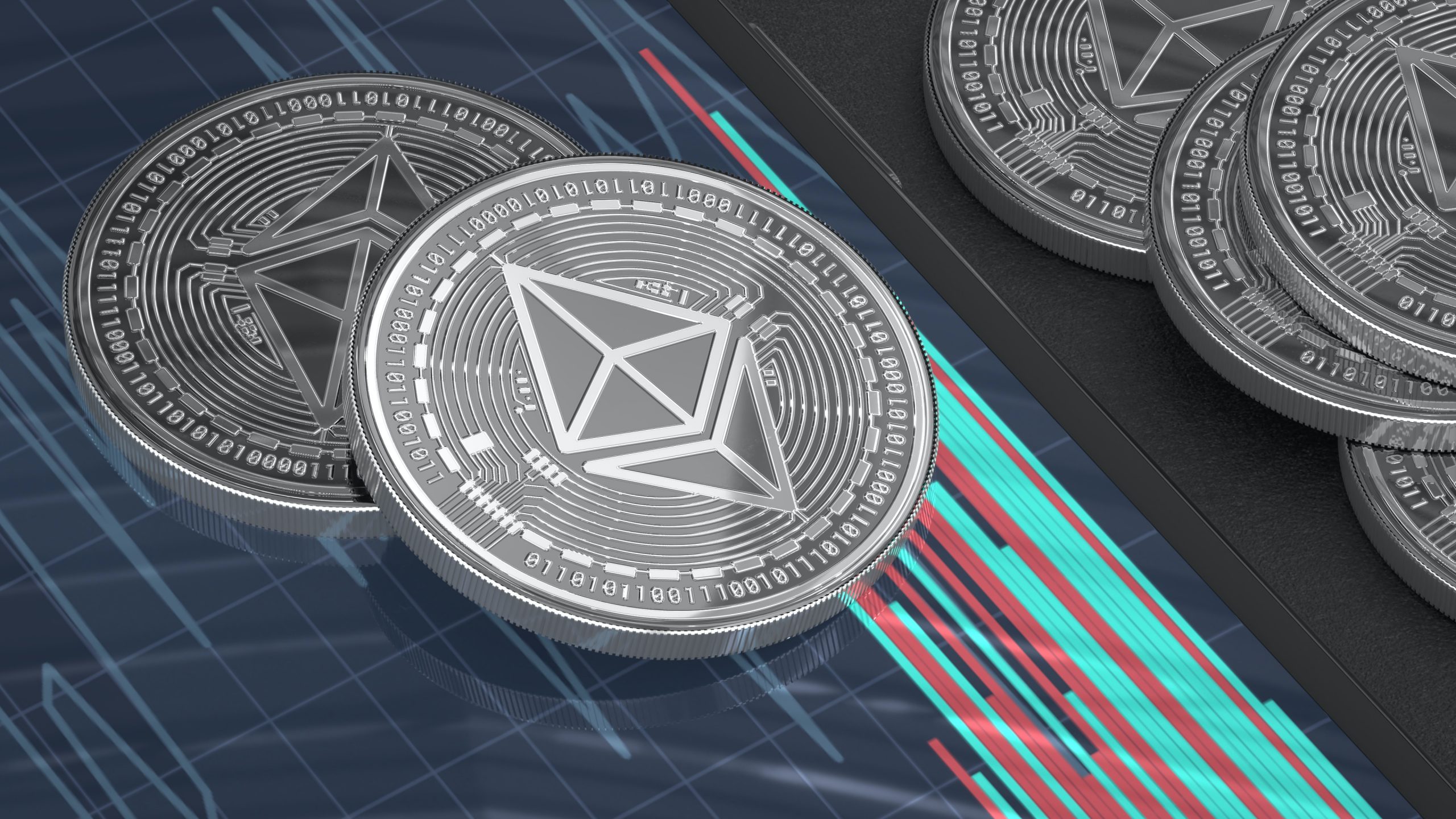How to Buy and Sell Cryptocurrency in 5 Simple Steps

October 14, 2022
So, you want to buy some cryptocurrency, but you don’t know where to start? Don’t fret, you’re not alone.
A big plus about exchanges is that you don’t need to be an expert on blockchain tech to purchase crypto. Yet, there are numerous different types of services and companies out there hoping for you to spend your cash on their services.
In this guide, we’ll cut through the confusion and take you step-by-step through purchasing your first bit of crypto.
1. Decide where you want to buy crypto
As noted above, when it comes to buying cryptocurrency, you’ll first need to decide what type of platform or service you want to use to purchase crypto. The two most common platforms are crypto exchanges (there are centralized and decentralized exchanges) and crypto brokerages.
Put simply, a crypto exchange is a platform that allows users to buy and sell cryptocurrencies like Ether, Bitcoin, and Dogecoin. They tend to function a lot like traditional stock markets and brokerage firms, except users trade cryptocurrency instead of stocks.
A crypto brokerage, on the other hand, acts as an intermediary between a user and the cryptocurrency markets to facilitate the buying and selling of cryptocurrencies. As a result, users aren’t trading with each other based on current market prices. Instead, the price is set by the broker.
In this guide, we’ll be focusing on crypto exchanges, which are undoubtedly the most popular method through which new crypto and NFT enthusiasts trade.
2. Set up an account
After you’ve decided on a platform like Coinbase, Gemini, or whatever your preference is, you’ll need to set up an account. More often than not, exchanges will ask you to not only set up and verify your account via email, phone, etc. but also to provide personal information like a picture of your driver’s license or passport.
Although this can seem invasive, you may not be able to make any purchases on the platform until you complete the verification process. Furthermore, following these steps will make the cash-out process simpler if you do hope to deposit funds back into your bank account further down the line. Notably, if you don’t want to supply personal information, it can sometimes be avoided with a decentralized exchange.
3. Fund your account
Of course, crypto isn’t free. You’ll need to spend traditional money in order to purchase crypto. You can go about funding your account in a number of ways.
The most common way to get money into your account is to connect it with your bank account. Linking your bank account will allow for the most hassle-free deposit and withdrawal processes. Make no mistake, initially verifying your bank account can be a lengthy process, but it will make purchasing crypto much easier in the end. Additionally, you’ll also be able to buy and sell directly through your account, rather than depositing money onto the exchange itself.
The process to add your bank account will vary, depending on which platform you choose. However, the option to connect your bank account is usually found in the wallet, deposit, or bank account section of the platform you’re using.
If this isn’t your forte, you can also fund your account via wire transfer or by making a payment via debit or credit card. Make sure to double-check how your bank handles credit-card crypto purchases though, as many major card providers consider it to be a cash advance rather than an actual purchase. This can result in additional interest charges and fees.
4. Make a purchase
Now that you’ve funded your account, or linked your bank account, it’s time to purchase some crypto.
You can now place your first crypto order. An order is exactly what it sounds like — creating a ticket with your desired purchase amount and sending it off to be fulfilled. Once you place an order to purchase, say, 0.1 ETH (~$290), the order will be executed at the current best available market price.

For most exchanges, fees will vary anywhere from 0.5% – 5% depending on the type of transaction initiated. Since you’ll more often than not be purchasing fractions of a coin at a time, buy fees will likely remain low. Make sure to double-check the fee schedule of whatever platform you may use – purchasing could be easy, but cashing out might cost an arm and a leg.
5. Choose a place to store it
Buying cryptocurrency definitely isn’t the end of the process.
Now that you have an up-and-running exchange account, you have a wide variety of ways to buy, swap, and store crypto. Sure, keeping your funds in your exchange account is fine if you intend to trade often. However, for added security, you should consider the two most common ways to store crypto: in a software (hot) or hardware (cold) wallet.
A hot wallet is a crypto wallet that stores its information online and can be run by and connected to devices such as tablets, computers, or phones. A cold wallet is a crypto wallet that isn’t connected to the internet. Information is stored offline meaning that they aren’t great for regular use for trading, but are more secure for storing crypto and NFTs.
If you intend to use your crypto for NFT purposes, a software (hot) wallet like MetaMask might be your best choice.
Using a software wallet also brings with it the benefit of easily buying and selling cryptocurrency. Although you can also do this via a crypto exchange, fees are usually lower when utilizing something like UniSwap or SushiSwap. Another common way to fund a software wallet is to purchase USDC on your preferred exchange, send it to your software wallet, then swap it for any coin(s) of your choosing.
Keep in mind that software wallets, especially ones you intend on connecting to NFT marketplaces, are not the most secure places to store your crypto. For a more advanced and secure way to store your crypto, consider purchasing one of the popular hardware (cold) wallets created by Ledger or Trezor. And of course, always endeavor to keep yourself safe by reading wallet transaction submission details carefully and learning to spot crypto and NFT red flags.



